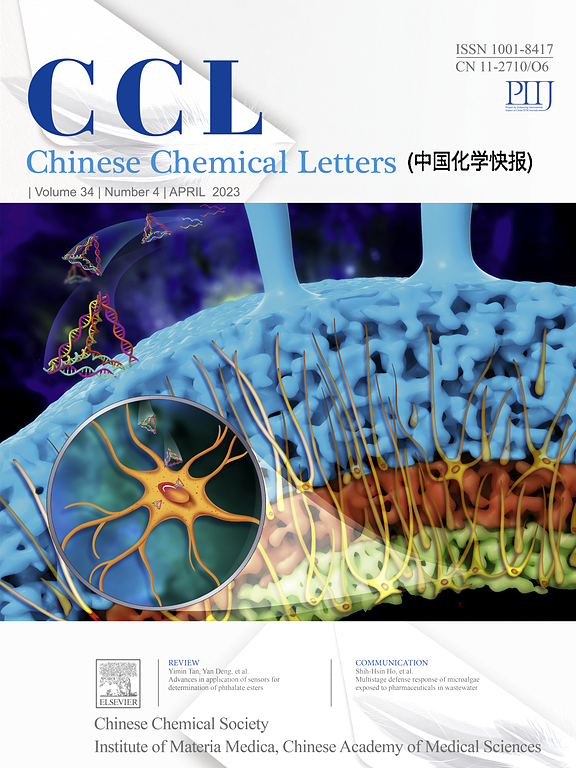New techniques and strategies in drug discovery (2020–2024 update)
IF 9.4
1区 化学
Q1 CHEMISTRY, MULTIDISCIPLINARY
引用次数: 0
Abstract
In the realm of drug discovery, recent advancements have paved the way for innovative approaches and methodologies. This comprehensive review encapsulates six distinct yet interrelated mini-reviews, each shedding light on novel strategies in drug development. (a) The resurgence of covalent drugs is highlighted, focusing on the targeted covalent inhibitors (TCIs) and their role in enhancing selectivity and affinity. (b) The potential of the quantum mechanics-based computational aid drug design (CADD) tool, Cov_DOX, is introduced for predicting protein-covalent ligand binding structures and affinities. (c) The scaffolding function of proteins is proposed as a new avenue for drug design, with a focus on modulating protein-protein interactions through small molecules and proteolysis targeting chimeras (PROTACs). (d) The concept of pro-PROTACs is explored as a promising strategy for cancer therapy, combining the principles of prodrugs and PROTACs to enhance specificity and reduce toxicity. (e) The design of prodrugs through carbon-carbon bond cleavage is discussed, offering a new perspective for the activation of drugs with limited modifiable functional groups. (f) The targeting of programmed cell death pathways in cancer therapies with small molecules is reviewed, emphasizing the induction of autophagy-dependent cell death, ferroptosis, and cuproptosis. These insights collectively contribute to a deeper understanding of the dynamic landscape of drug discovery.

求助全文
约1分钟内获得全文
求助全文
来源期刊

Chinese Chemical Letters
化学-化学综合
CiteScore
14.10
自引率
15.40%
发文量
8969
审稿时长
1.6 months
期刊介绍:
Chinese Chemical Letters (CCL) (ISSN 1001-8417) was founded in July 1990. The journal publishes preliminary accounts in the whole field of chemistry, including inorganic chemistry, organic chemistry, analytical chemistry, physical chemistry, polymer chemistry, applied chemistry, etc.Chinese Chemical Letters does not accept articles previously published or scheduled to be published. To verify originality, your article may be checked by the originality detection service CrossCheck.
 求助内容:
求助内容: 应助结果提醒方式:
应助结果提醒方式:


